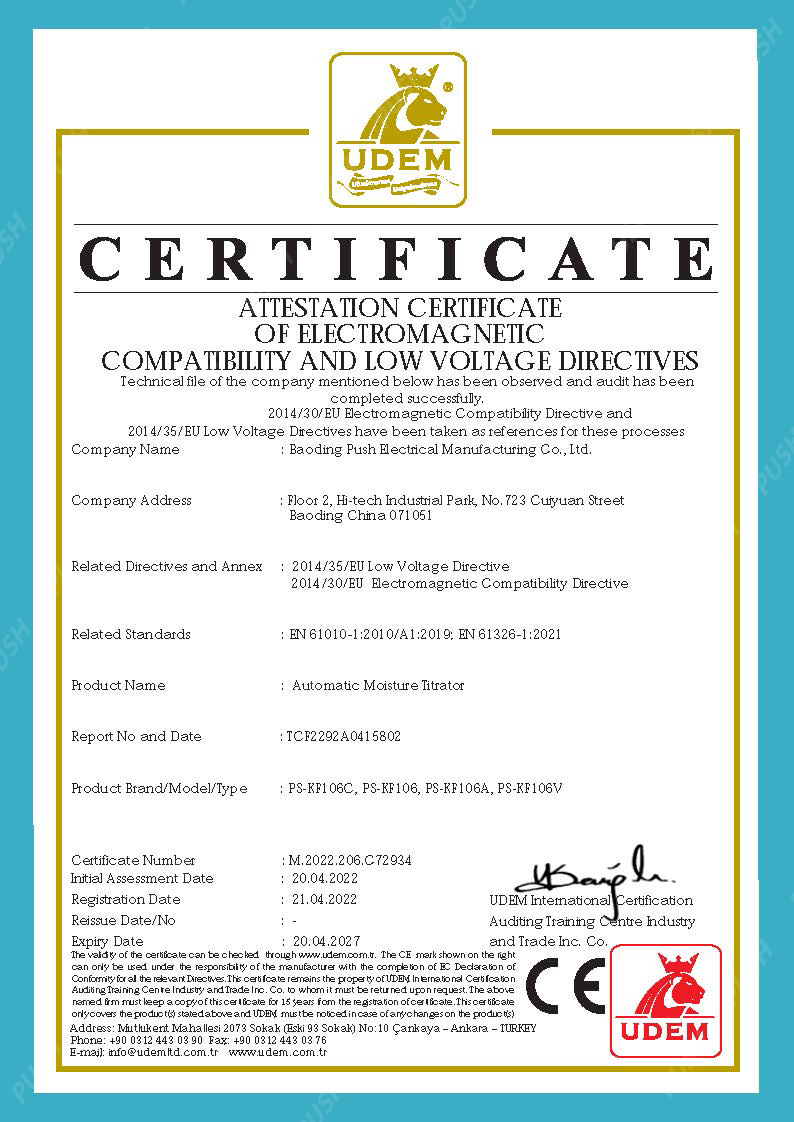 English
English


Comprehensive Guide to Earth Resistance Testers and Their Importance in Electrical Safety
Understanding the Earth Resistance Tester An Essential Tool for Electrical Safety
In the realm of electrical engineering and maintenance, ensuring the safety and reliability of electrical systems is of paramount importance. One vital tool that plays a critical role in this process is the Earth Resistance Tester. This device is essential for measuring the resistance of the earth electrode system, which is crucial for maintaining the integrity of electrical installations and the safety of personnel.
What is Earth Resistance Testing?
Earth resistance testing is a procedure that evaluates the effectiveness of grounding systems. A proper grounding system ensures that electrical faults are safely conducted to the earth, preventing hazardous situations like electric shocks, equipment damage, and fires. The primary purpose of earth resistance testing is to ascertain the resistance level of grounding systems, which should ideally be as low as possible, commonly below 5 ohms for efficient performance.
How Does an Earth Resistance Tester Work?
An Earth Resistance Tester typically operates by passing a low-frequency current through an electrode placed in the ground and measuring the resulting voltage drop. The relationship between the current injected and the voltage drop is used to calculate the resistance of the ground. There are standard methods for performing these tests, such as the three-point method, which involves three electrodes the current electrode, the potential electrode, and the earth electrode.
To conduct a test, the current electrode is positioned a specific distance from the earth electrode, and a current is introduced into the ground. The tester measures the voltage at the potential electrode, allowing for the computation of resistance using Ohm's law (Resistance = Voltage / Current).
Importance of Regular Testing
earth resistance tester

Regular earth resistance testing is crucial for various reasons. Firstly, it ensures that grounding systems remain functional over time. Environmental factors such as moisture, temperature changes, and soil composition can affect ground resistance, potentially leading to unsafe electrical conditions. Routine testing helps identify changes that may necessitate maintenance or upgrades to the grounding system.
Moreover, in many jurisdictions, compliance with local electrical safety regulations demands that grounding systems are regularly tested and maintained. Failure to adhere to these regulations can result in legal ramifications and increased liability for organizations.
Applications of Earth Resistance Testing
Earth resistance testers are widely used across various sectors. In residential settings, they help ensure that homes are safe from electrical faults. In industrial environments, they are used to protect sensitive equipment and personnel, especially in settings with high voltage operations or critical electrical systems. Moreover, utility companies frequently use these testers to examine the grounding of their distribution systems, ensuring reliability and safety for all consumers.
Choosing the Right Earth Resistance Tester
When selecting an earth resistance tester, various factors should be considered, including the range of resistance it can measure, the ease of use, and the additional features it offers, such as data logging and connectivity to devices for analysis. Users should also consider the tester's portability, particularly for those who conduct tests in various locations.
Conclusion
In conclusion, the Earth Resistance Tester is a fundamental instrument in the arsenal of electrical safety tools. Its ability to measure and ensure proper ground resistance is vital for the protection of both people and equipment. As electrical systems continue to grow in complexity and importance, understanding and implementing effective grounding practices through regular testing will remain essential in promoting safe and efficient electrical installations. Whether in homes, businesses, or industrial sites, the Earth Resistance Tester is a guardian of electrical safety, ensuring that we can harness power with confidence.
-
Differences between open cup flash point tester and closed cup flash point testerNewsOct.31,2024
-
The Reliable Load Tap ChangerNewsOct.23,2024
-
The Essential Guide to Hipot TestersNewsOct.23,2024
-
The Digital Insulation TesterNewsOct.23,2024
-
The Best Earth Loop Impedance Tester for SaleNewsOct.23,2024
-
Tan Delta Tester--The Essential Tool for Electrical Insulation TestingNewsOct.23,2024





